Building a grocery list that balances nutrition with a budget can feel like a juggling act, especially with rising food prices and endless options in stores. But creating a thoughtful list can be the key to making your grocery trips more efficient and affordable, while still bringing home everything you need for balanced, satisfying meals. The goal isn’t just about cutting costs—it’s about shopping smarter and choosing quality items that serve you well throughout the week. With these tips, you can avoid unnecessary spending, cut down on food waste, and build a grocery list that supports both your wallet and your well-being.
Contents
- 1 Plan Meals Around Sales
- 2 Choose Generic or Store Brands
- 3 Buy in Bulk Wisely
- 4 Prioritize Seasonal Produce
- 5 Use a Grocery List App
- 6 Set a Weekly Budget
- 7 Limit Processed and Snack Foods
- 8 Buy Frozen Fruits and Vegetables
- 9 Make a Pantry Staples List
- 10 Choose Cheaper Protein Sources
- 11 Use Coupons and Rewards Programs
- 12 Stick to Recipes with Fewer Ingredients
- 13 Buy Whole Produce Instead of Pre-Cut
- 14 Reevaluate and Simplify Your Spices
- 15 Shop at Discount and Warehouse Stores
- 16 Keep Track of Prices for Regular Items
- 17 More From RetailShout
- 18 What’s Trending at Aldi This Week (11/10/2024)
- 19 What’s Hot at Trader Joe’s This Week (11/10/2024)
Plan Meals Around Sales

Begin by checking grocery store flyers or websites to see what’s on sale each week. Planning meals around sale items helps you save money without compromising on variety. For instance, if chicken or ground beef is discounted, you can design meals that incorporate these proteins, reducing the need for more expensive options. This strategy also introduces flexibility, as you may explore new recipes based on available deals. Bulk-purchasing sale items like grains or canned goods can also be a smart move if they’re versatile ingredients. Over time, this approach helps you build a meal plan that adapts to savings, ensuring you stay within budget while enjoying a range of meals.
Choose Generic or Store Brands
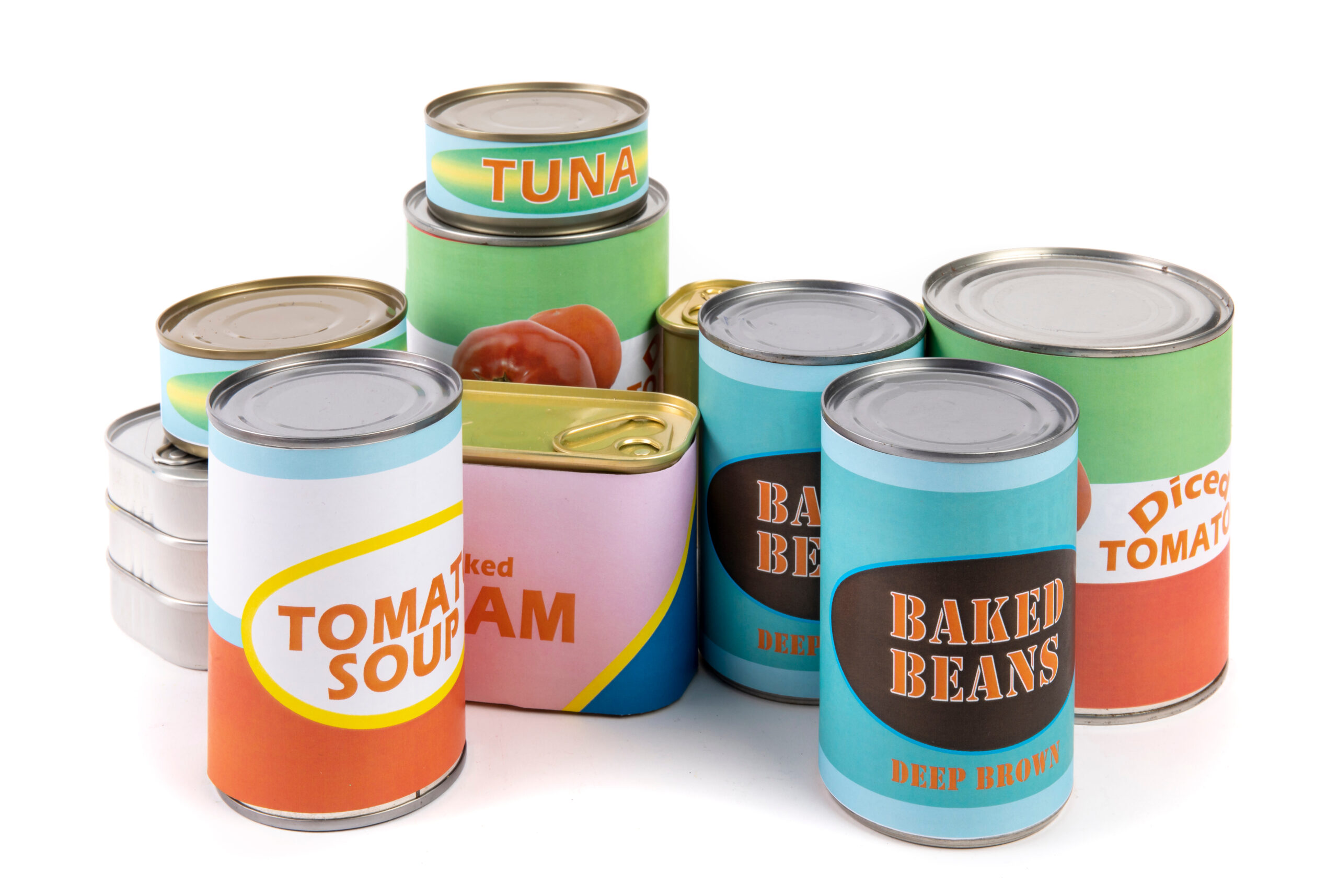
Opting for store brands over name brands can lead to significant savings without sacrificing quality. Many grocery stores offer their own versions of staple items like cereal, pasta, and canned vegetables at a fraction of the cost of popular brands. These generic options often use similar ingredients, but their prices are lower since they lack the marketing costs associated with big brands. Additionally, store brands have improved greatly in quality over the years, often delivering taste and nutrition that’s comparable to their more expensive counterparts. Checking labels can help you compare and feel confident in your choice. Embracing generic brands on items like cleaning supplies, grains, and snacks can noticeably reduce your grocery bill.
Buy in Bulk Wisely

Buying in bulk is a great way to save money, but it requires careful planning to avoid waste. Bulk purchasing works best for items with long shelf lives, such as grains, pasta, and canned goods, which you know you’ll use over time. For perishables, only buy in bulk if you have the means to freeze or store them properly to maintain freshness. Many stores offer bulk bins where you can measure out exactly what you need, which can help prevent over-purchasing. Bulk buying also reduces packaging waste, which is an added benefit for environmentally-conscious shoppers. Keeping an organized pantry ensures you’re making the most of your bulk purchases without them going to waste.
Prioritize Seasonal Produce

Focusing on seasonal fruits and vegetables can help keep your grocery bill low while providing fresher and more flavorful ingredients. Produce in season is often less expensive because it’s more abundant and doesn’t require costly imports. Seasonal options are fresher since they don’t need to be stored or transported long distances, often arriving from nearby farms. Farmer’s markets can offer additional savings, as local growers bring fresh, in-season products directly to you. As an added bonus, buying seasonally adds natural variety to your meals, encouraging you to try different produce throughout the year. Embracing seasonal eating is not only budget-friendly but also supports local agriculture and reduces your carbon footprint.
Use a Grocery List App

Grocery list apps like AnyList or Out of Milk help you create organized lists that keep you on track and prevent impulse buys. These apps allow you to sort items by aisle, ensuring a faster, more focused shopping experience. Some even feature price comparisons, so you can monitor your spending and make budget-friendly choices. Shared lists are an option, which is helpful for households with multiple shoppers, making sure everyone sticks to the plan. Additionally, many apps provide recipe suggestions based on items in your list, which can inspire new meal ideas. Using a digital list makes shopping more efficient and can help you avoid unnecessary spending by sticking to what you need.
Set a Weekly Budget

Setting a weekly grocery budget is a practical way to control spending and encourage mindful choices. Start by assessing your usual grocery costs, then set a goal that challenges you to cut back while remaining realistic. Tracking your spending as you add items to your cart allows you to make real-time decisions, like choosing a more affordable option or putting back an item. Shopping with cash is an effective method to enforce this limit, as you’re more aware of each dollar spent. Over time, having a consistent budget helps identify areas where you tend to overspend, allowing for further refinement. With a solid budget in place, you’re less likely to face surprise expenses at checkout.
Limit Processed and Snack Foods

Processed snacks and sugary treats are often costly and provide limited nutritional value, making them a prime area for savings. By reducing these items on your grocery list, you can allocate funds toward healthier options like fruits, vegetables, and whole grains. Homemade snacks, such as popcorn or trail mix, are easy to prepare and cheaper than pre-packaged versions. Additionally, limiting processed foods encourages a healthier diet, which benefits both your wallet and well-being over time. Making snack time a balanced part of your diet can help reduce cravings for more expensive, less nutritious options. Creating your own snacks not only saves money but also promotes better eating habits.
Buy Frozen Fruits and Vegetables
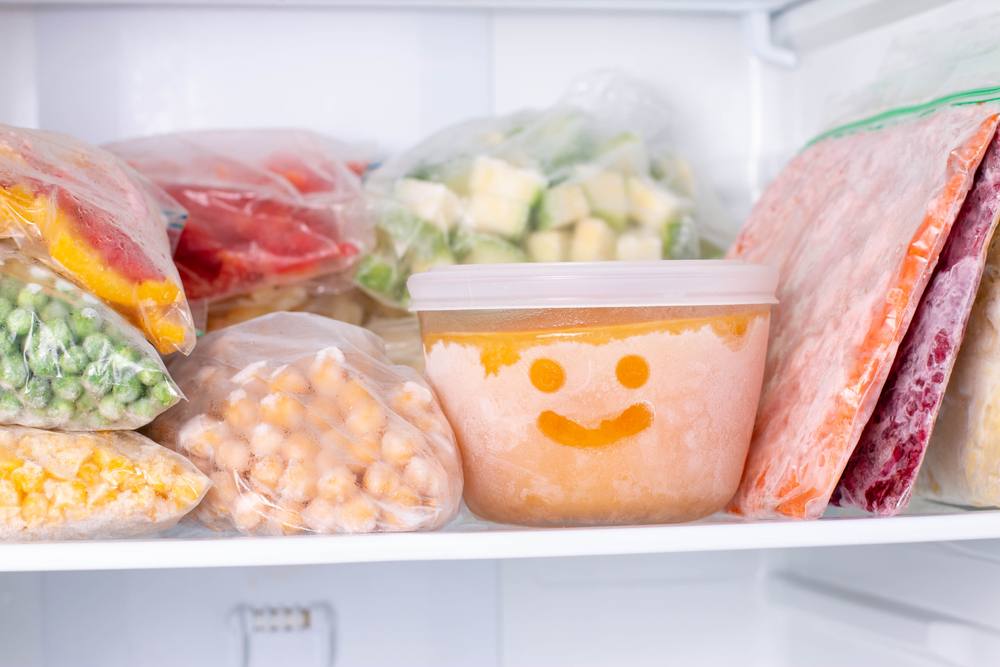
Frozen produce is often a cheaper and longer-lasting alternative to fresh, especially for out-of-season items. These fruits and vegetables are typically flash-frozen at peak ripeness, retaining most of their nutrients and flavor. They’re perfect for quick meals like stir-fries, soups, or smoothies and help you avoid food waste, as they stay fresh in the freezer for months. Having frozen produce on hand ensures you always have nutritious options, reducing the need for mid-week trips to the store. Unlike canned produce, frozen items generally contain fewer additives, making them a healthier choice. By incorporating frozen fruits and vegetables, you can stretch your grocery budget without compromising nutrition.
Make a Pantry Staples List

Creating a list of essential pantry items that you use frequently helps keep your grocery shopping organized and efficient. Stocking up on staples like rice, pasta, beans, and canned tomatoes enables you to make a variety of meals without needing extra ingredients. Having these basics in your pantry reduces the risk of last-minute store trips, which often lead to impulse buys. A well-stocked pantry also makes it easier to improvise meals, saving you from ordering takeout on busy nights. By focusing on versatile ingredients, you can maintain a balanced diet and cut down on unnecessary expenses. Regularly updating and replenishing your pantry staples allows for seamless meal planning and budgeting.
Choose Cheaper Protein Sources

Protein is essential, but it doesn’t always have to be expensive cuts of meat. Plant-based proteins like lentils, beans, and chickpeas are affordable and can be the basis for a variety of nutritious meals. Eggs, canned fish, and tofu are also budget-friendly protein sources that are versatile in many recipes. Incorporating one or two vegetarian meals per week can help lower your grocery costs without sacrificing nutrition. Buying meat in bulk when on sale and freezing portions is another way to manage costs effectively. By diversifying your protein sources, you can meet dietary needs without overspending on pricey ingredients.
Use Coupons and Rewards Programs
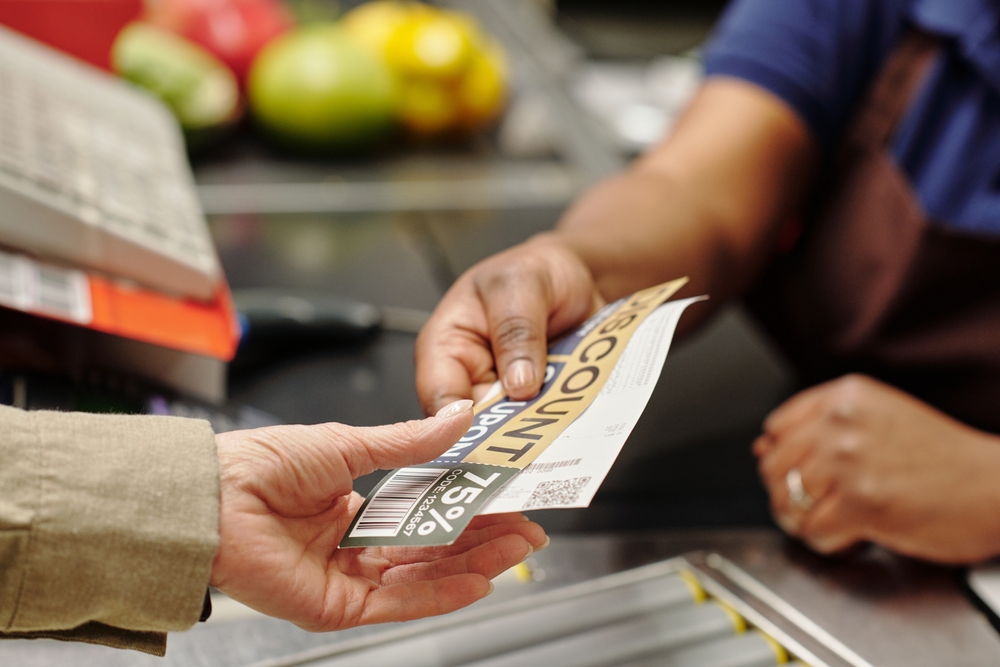
Coupons and store loyalty programs are often overlooked, yet they can lead to substantial savings over time. Many grocery stores have apps where you can download digital coupons or access weekly promotions. Cashback apps like Ibotta or Rakuten provide rebates on everyday items, which can add up quickly with consistent use. By combining coupons with rewards programs, you’re able to save money on items you already plan to buy. Some stores even offer loyalty discounts, further lowering your bill as you accumulate points or rewards. Using these tools strategically helps make the most of your shopping budget without compromising on quality.
Stick to Recipes with Fewer Ingredients

Simple recipes with fewer ingredients help streamline your grocery list and reduce the likelihood of overspending. When selecting recipes, look for dishes that require versatile ingredients you already have or can use in multiple meals. Recipes with fewer ingredients not only cost less but also take less time to prepare, making them ideal for busy schedules. By sticking to straightforward recipes, you can avoid spending on spices or ingredients you may only use once. This approach also allows for more creativity, as you can swap ingredients based on what’s affordable or in season. Simple, flavorful recipes can be budget-friendly and satisfying, proving that you don’t need complex ingredients for a great meal.
Buy Whole Produce Instead of Pre-Cut

Pre-cut fruits and vegetables may save time, but they’re usually priced significantly higher than whole produce. Whole items like bell peppers, broccoli, and carrots can be washed, peeled, and chopped at home for a fraction of the cost. Preparing produce yourself also ensures freshness, as pre-cut items tend to spoil more quickly due to exposure. By dedicating a few minutes to prepping your veggies, you gain both quality and savings. This approach works especially well for vegetables used in soups, salads, and stews, which often require chopped ingredients. By buying whole produce, you can cut costs without sacrificing the ingredients’ freshness and flavor.
Reevaluate and Simplify Your Spices

Spices add flavor to meals, but they can quickly add up in cost if you’re not mindful. Instead of buying every spice called for in new recipes, focus on a few versatile options like salt, pepper, garlic powder, and paprika. Consider spice blends, which offer a mix of flavors without the need for multiple individual jars. If you need a unique spice for a specific recipe, try to find it in a smaller quantity or look for recipes that use it again. Simplifying your spice collection not only saves money but also declutters your kitchen, making it easier to find what you need. Using spices wisely helps you stay within budget without compromising taste.
Shop at Discount and Warehouse Stores

Discount stores and warehouse clubs like Aldi, Lidl, and Costco are known for offering quality items at lower prices than many major grocery chains. Shopping at these stores allows you to buy in bulk, which is especially beneficial for items like grains, canned goods, and frozen foods. Many discount stores carry their own affordable, high-quality private labels, which can help further reduce costs. For perishable items, just be cautious to avoid buying in quantities you can’t realistically use. By shopping selectively at discount stores, you can reduce your grocery bill significantly while still getting everything you need. Over time, this habit contributes to a balanced list that meets your budget goals.
Keep Track of Prices for Regular Items

Keeping a mental or written record of regular prices on items you buy frequently can be incredibly useful for spotting deals. This awareness helps you recognize when items like milk, bread, or pasta are at a good price, allowing you to stock up strategically. Some people use apps or spreadsheets to track prices and see how they fluctuate over time, identifying trends and finding the best deals. This approach is especially helpful for seasonal sales, which often offer deep discounts on certain items. Price tracking also makes budgeting easier, as you’ll have a sense of what your staples should cost. Being an informed shopper enables you to make smarter purchasing decisions and avoid overpaying for essentials.
This article originally appeared on RetailShout.
More From RetailShout
15 Trader Joe‘s Best Quick Meals for Busy Weeknights
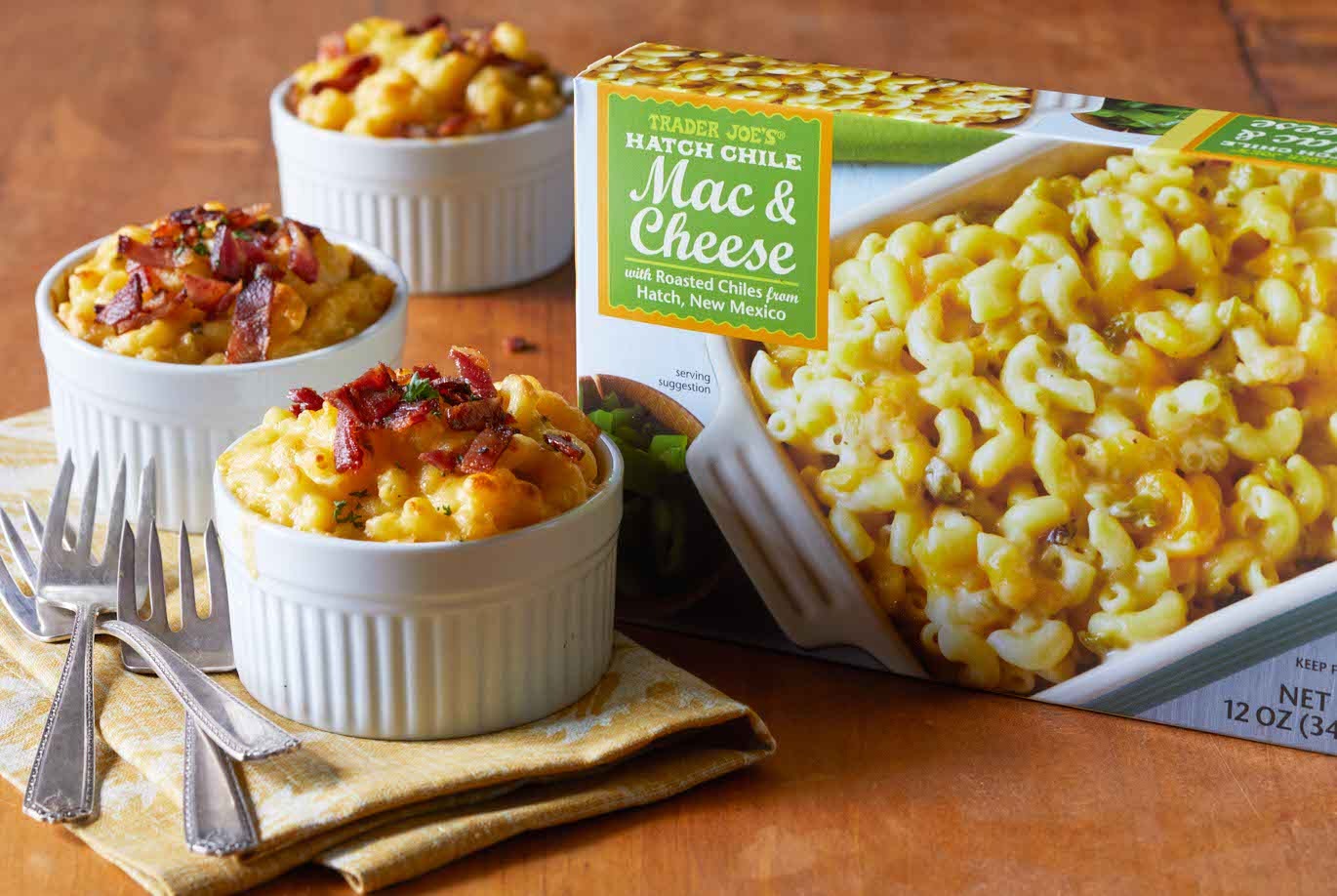
Busy weeknights can be a real struggle when you’re trying to get dinner on the table fast, but Trader Joe’s has your back. With so many great ready-made options and simple ingredients, it’s easy to whip up a meal in no time. Read More.
What’s Trending at Aldi This Week (11/10/2024)
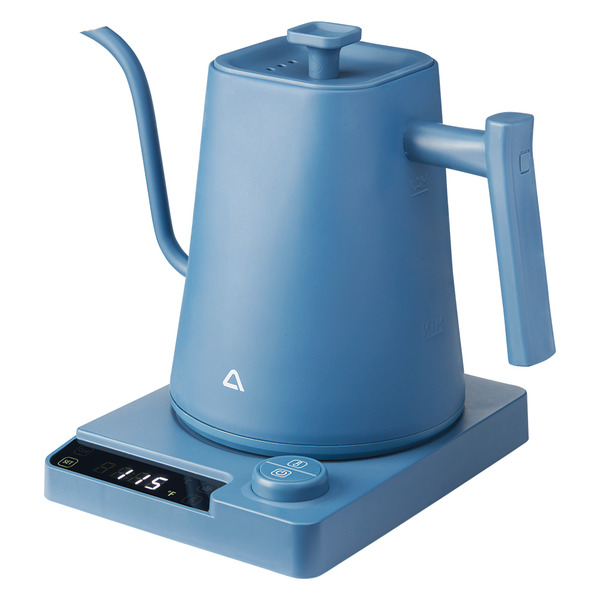
This week at Aldi, there’s a fresh lineup of holiday-ready finds, cozy kitchen essentials, and a few surprises you’ll want to grab before they’re gone. From delicious, easy-to-make meals to festive decor and handy gadgets, there’s something for everyone on the shelves. Read More.
What’s Hot at Trader Joe’s This Week (11/10/2024)

Trader Joe’s is always mixing things up, and this week’s lineup is no exception. From crave-worthy snacks to seasonal treats that capture fall’s cozy vibes, there’s a little something for everyone hitting the shelves. Read More.






